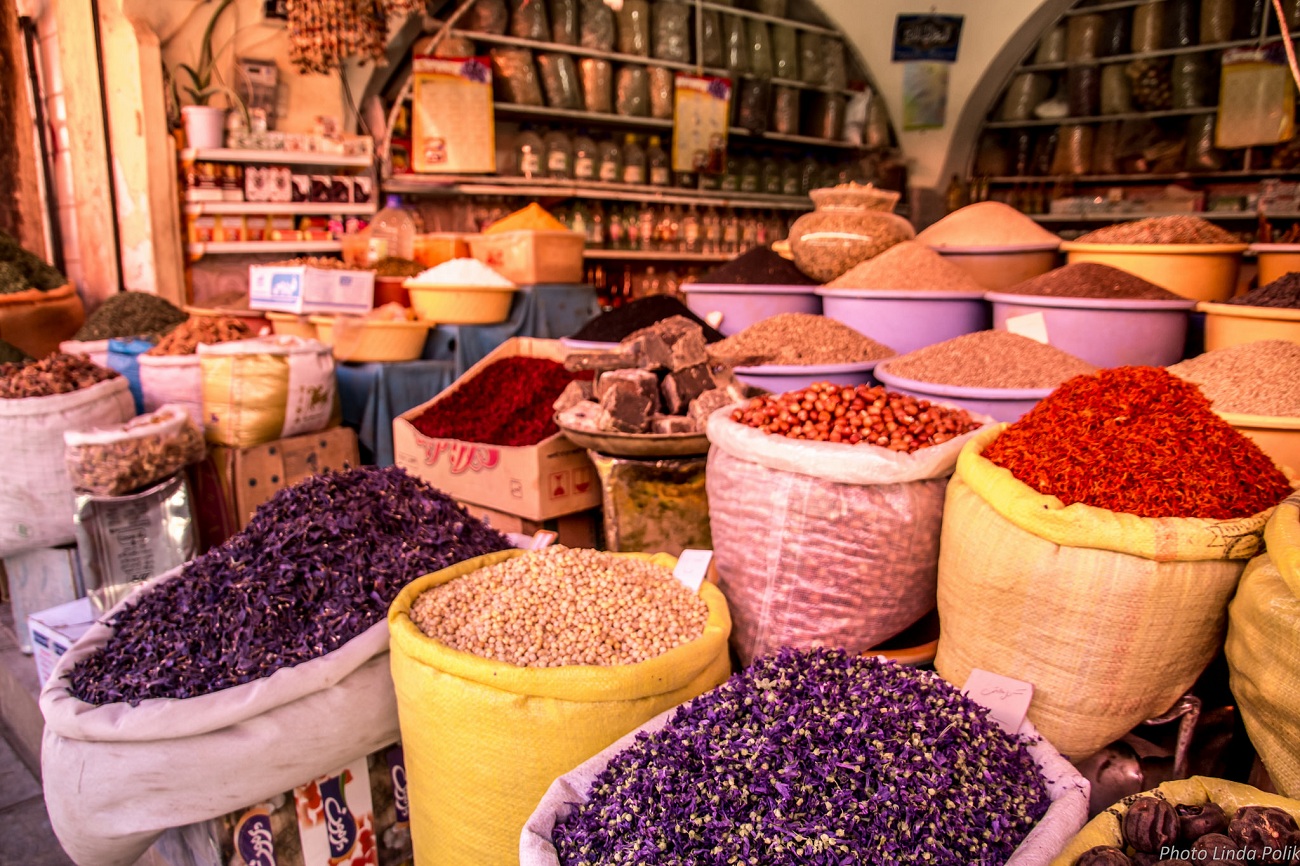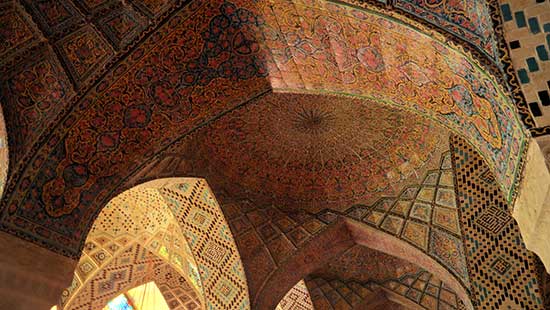
Untouched Persia (18) Days
from EUR 1955€
Kashan & Abyaneh, Naqshe Jahan Sq, Desert & camel riding, Mesr & Garmeh village, Yazd, Zeynoddin Caravansary
-
Reviews 1 Reviews5.00/5
-
Category CulturalDays/Nights 18/17
-
Transport Vehicle airport_shuttle Sedan Car
-
UNESCO site
- 11
-
Group Size Small
-
We Will Visit Isfahan Farahzad Yazd Ahwaz Kerman Kashan
- 20 % discount from June to September & from December to March
All about the Untouched Persia

Kashan & Abyaneh, Naqshe Jahan Sq, Desert & camel riding, Mesr & Garmeh village, Yazd, Zeynoddin Caravansary

The tour package inclusions and exclusions at a glance
Whats included in this tour
Items that are covered in the cost of tour price.
- Accommodation in the hotels with breakfast (B&B)
- Visa Code
- Domestic flight from Tehran to Ahwaz
- Private Transfer with AC
- Professional English-speaking Tour Guide
- All entrance fees for the mentioned sites
- All airport transfers
Whats not included in this tour
Items that are covered in the cost of tour price.
- Visa extension
- Lunch and dinner
- Tipping
Accommodation
Budget Hotels (2&3 Star)
Tehran:
Markazi Hotel
Ahvaz:
Oxin Hotel or Naderi Hotel
Shiraz:
Arg Hotel or Forough Boutique Hotel
Kerman:
Irangardi Hotel or Akhavan hotel
Shahdad:
Shafi Abad eco-lodge
Mahan:
Motevalli Bashi Traditional Hotel
Yazd:
Moshir caravanserai
Barndaz:
Barndaz Guesthouse
Isfahan:
Sunrise Traditional Hotel or Setareh Hotel
--------------------------------------
Mid-range Hotels (All 4 Star)
Tehran:
Aramis Hotel
Ahvaz:
pars Hotel
Shiraz:
Ario Barzan Hotel or Shiraz Royal Hotel
Kerman:
Tourist inn
Shahdad:
Lut Star Eco-Camp
Mahan:
Motevalli Bashi Traditional Hotel
Yazd:
Moshir al-Mamalek Garden Hotel or Arg Hotel
Barndaz:
Barndaz Guesthouse
Isfahan:
Piroozy Hotel
--------------------------------------
Luxary Hotels (All 5 Star)
Tehran:
Espinas Hotel or Parsian Azadi Hotel
Ahvaz:
Ahvaz Pars Hotel
Shiraz:
Shiraz Grand Hotel or Zandiyeh Hotel
Kerman:
Pars Hotel
Shahdad:
Lut Star Eco-Camp
Mahan:
Motevalli Bashi Traditional Hotel
Yazd:
Moshir al-Mamalek Garden Hotel
Barndaz:
Barndaz Guesthouse
Isfahan:
Abbasi International Hotel or Parsian Kowsar Hotel
Tehran:
Markazi Hotel
Ahvaz:
Oxin Hotel or Naderi Hotel
Shiraz:
Arg Hotel or Forough Boutique Hotel
Kerman:
Irangardi Hotel or Akhavan hotel
Shahdad:
Shafi Abad eco-lodge
Mahan:
Motevalli Bashi Traditional Hotel
Yazd:
Moshir caravanserai
Barndaz:
Barndaz Guesthouse
Isfahan:
Sunrise Traditional Hotel or Setareh Hotel
--------------------------------------
Mid-range Hotels (All 4 Star)
Tehran:
Aramis Hotel
Ahvaz:
pars Hotel
Shiraz:
Ario Barzan Hotel or Shiraz Royal Hotel
Kerman:
Tourist inn
Shahdad:
Lut Star Eco-Camp
Mahan:
Motevalli Bashi Traditional Hotel
Yazd:
Moshir al-Mamalek Garden Hotel or Arg Hotel
Barndaz:
Barndaz Guesthouse
Isfahan:
Piroozy Hotel
--------------------------------------
Luxary Hotels (All 5 Star)
Tehran:
Espinas Hotel or Parsian Azadi Hotel
Ahvaz:
Ahvaz Pars Hotel
Shiraz:
Shiraz Grand Hotel or Zandiyeh Hotel
Kerman:
Pars Hotel
Shahdad:
Lut Star Eco-Camp
Mahan:
Motevalli Bashi Traditional Hotel
Yazd:
Moshir al-Mamalek Garden Hotel
Barndaz:
Barndaz Guesthouse
Isfahan:
Abbasi International Hotel or Parsian Kowsar Hotel
Meals
Breakfast
- What is the Iranian Calendar?
- Are there insect bites in Iran?
- What is the Iranian Calendar?
- How are public restrooms in Iran?
- How are public restrooms in Iran?
- What’s the importance of dressing in Iran?
- How is the Telecommunication in Iran?
- Is insurance necessary?
- How is the weather like in Iran?
- Can I drink alcohol beverages?
- How does Iranian food look like?
- Money talks, but what kind of money? Where can it be exchanged?
- When is the best time to visit Iran?
- Can everyone visit Iran?
- Is it safe to travel to Iran now?
- How is the medical service in Iran?
- How is the Telecommunication in Iran?
- How is the weather like in Iran?
- Can I drink alcohol beverages?
- How does Iranian food look like?
Writing A Review
Overall Rating
5.00
/5
Please login or use google account to write review.
Show More Reviews - 1 Reviews
| Person | 2&3 Star Hotels(traditional) | 4 Star Hotels | 5 Star Hotels | |
|---|---|---|---|---|
|
1
|
3575
|
4065
|
4535
|
|
|
2-3
|
1955
|
2185
|
2420
|
|
|
4-6
|
Enquiry
|
Enquiry
|
Enquiry
|
|
|
7-10
|
Enquiry
|
Enquiry
|
Enquiry
|
|
|
11-17
|
Enquiry
|
Enquiry
|
Enquiry
|
|
|
18-25
|
Enquiry
|
Enquiry
|
Enquiry
|
|











I chose to contact Come2Persia after reading the feedbacks provided by other travelers to Iran. From the first contact with Ali, I felt very much at ease and confident in terms of the quality of service they could provide me. In fact, Ali provided me with a tailored-made 15-day trip aimed at visiting an excellent mix of museums, palaces, historical sites and landscape, deeply into the daily lives.
I was a solo traveler, and the overall rating of the trip can certainly be a 9 out of 10, if not a full 10 out of 10, so I can only keep on recommending to anybody that want to visit Iran to rely on the services and recommendations provided by Come2Persia.
My guide and driver Mr. Reza Sabuhi not only was extremely knowledgeable and passionate in his job, but also extremely kind to the point that quickly I felt like he was my best Iranian buddy bringing me around to show the best of his amazing country, very welcoming people and tasty food.
Thank you so much for making this a memorable trip for me.